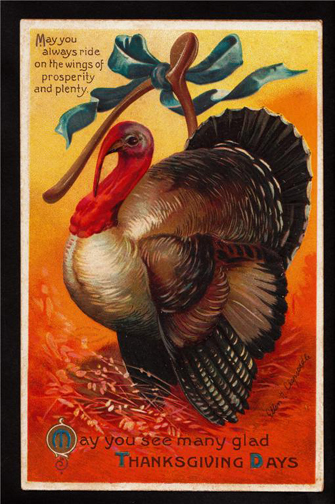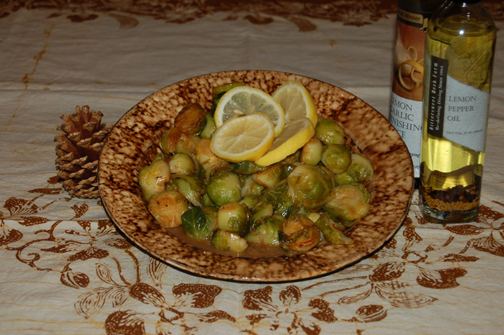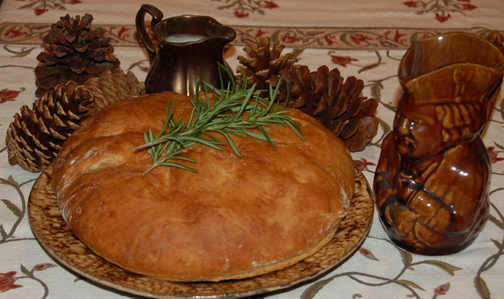 The king and high priest of all the festivals was the autumn Thanksgiving. When the apples were all gathered and the cider was all made, and the yellow pumpkins were rolled in from many a hill in billows of gold, and the corn was husked, and the labors of the season were done, and the warm, late days of Indian Summer came in, dreamy, and calm, and still, with just enough frost to crisp the ground of a morning, but with warm traces of benignant, sunny hours at noon, there came over the community a sort of genial repose of spirit — a sense of something accomplished.
The king and high priest of all the festivals was the autumn Thanksgiving. When the apples were all gathered and the cider was all made, and the yellow pumpkins were rolled in from many a hill in billows of gold, and the corn was husked, and the labors of the season were done, and the warm, late days of Indian Summer came in, dreamy, and calm, and still, with just enough frost to crisp the ground of a morning, but with warm traces of benignant, sunny hours at noon, there came over the community a sort of genial repose of spirit — a sense of something accomplished.
— Harriet Beecher Stowe
 Here are two additional dishes for Thanksgiving (I’m leaving the turkey to you). The pie may look a little complicated because of its multiple layers. It’s quite simple, however, and can be made the day before. The second layer comes out a lovely pink. Enjoy…….
Here are two additional dishes for Thanksgiving (I’m leaving the turkey to you). The pie may look a little complicated because of its multiple layers. It’s quite simple, however, and can be made the day before. The second layer comes out a lovely pink. Enjoy…….
In an earlier post I said that I would come up with a non-box-mix-dependent version of Marilyn Pryor’s corn pudding. Here it is. Marilyn originally used 1 cup of cornbread mix instead of half of the flour, the cornmeal, 2 tablespoons of the butter, and the baking powder. You’re certainly welcome to do that if you have cornbread or corn-muffin mix in the house.
One note: although the pudding looks gorgeous in the flat dish that appears in the photo here, it’s even better in a deeper pan, which keeps the pudding moister.
Ingredients:
3/8 cup yellow cornmeal
1 cup flour
3/4 tablespoon baking powder
1 teaspoon salt
1 cup sliced green onions (I used 1 bunch; it didn’t quite make a cup, but it worked)
2 cups plain yogurt
3 eggs, lightly beaten
3/8 cup (3/4 stick) sweet butter, melted
2 10- or 11-ounce cans vacuum-packed corn
Instructions:
Preheat the oven to 350 degrees. Butter a 2- to 3-quart casserole dish.
In a large bowl, mix together the cornmeal, flour, baking powder, and salt. In another bowl, combine the onions, yogurt, eggs, and butter. Stir in the corn, and add this mixture to the cornbread combination, stirring just until the dry ingredients are moistened.
Spoon the resulting batter into the prepared pan, and bake until golden brown and set in the center (about 45 minutes). Serves 6 to 8 as a side dish.
I’m a sucker for cranberries at this time of year when we crave color and flavor. This pie is a little messy when you slice it, but I hate to add gelatin and make it stiff. If you want to make sure it will slice beautifully, use a graham-cracker crust; that way you can freeze the pie until half an hour before you serve it and keep it solid. My family likes goopy delicious things so we use a standard pastry crust.
Ingredients:
For the first layer:
1 cup sugar
1 cup water
3 cups (1 12-ounce bag) cranberries
1 pinch salt
1 prebaked 9-inch pie shell
For the second layer:
3 ounces cream cheese at room temperature
1/4 cup sugar
1/2 cup of the mixture from the first layer
1 cup COLD heavy cream
For the third layer:
sweetened whipped cream to taste
Instructions:
In a medium saucepan, bring the sugar and water to a boil. Add the cranberries and salt, and simmer until the cranberries pop (about 10 to 15 minutes). Basically, you’re making cranberry sauce so if you have a recipe you prefer feel free to substitute it here. Let the sauce cool to room temperature; then set aside 1/2 cup for the second layer and pour the rest into the pie shell.
Next, create the second layer. With an electric beater, whip together the cream cheese, sugar, and reserved cranberry sauce until they are smooth, about 2 minutes. Add the cream, and beat the mixture at low speed until it is blended. Scrape down the sides of the bowl, turn the mixture to high, and beat it until the cream forms pink peaks (1 to 2 minutes). Spread this layer into the pie shell as well.
At this point, you must refrigerate the pie, gently covered, for at least 3 hours. You may leave it for up to a day, however, if you want to make it in advance. Just before serving, decorate the pie with whipped cream (or serve the whipped cream on the side.) Serves 6 to 8.



















